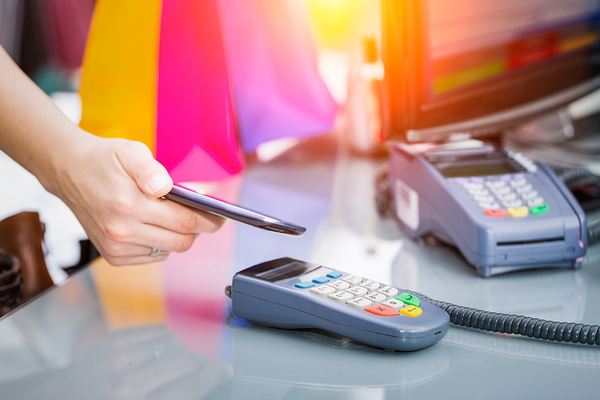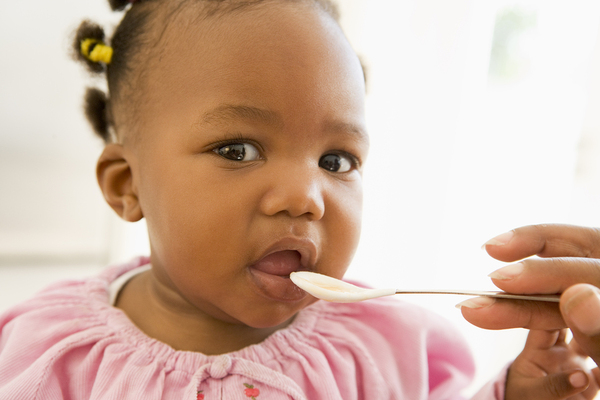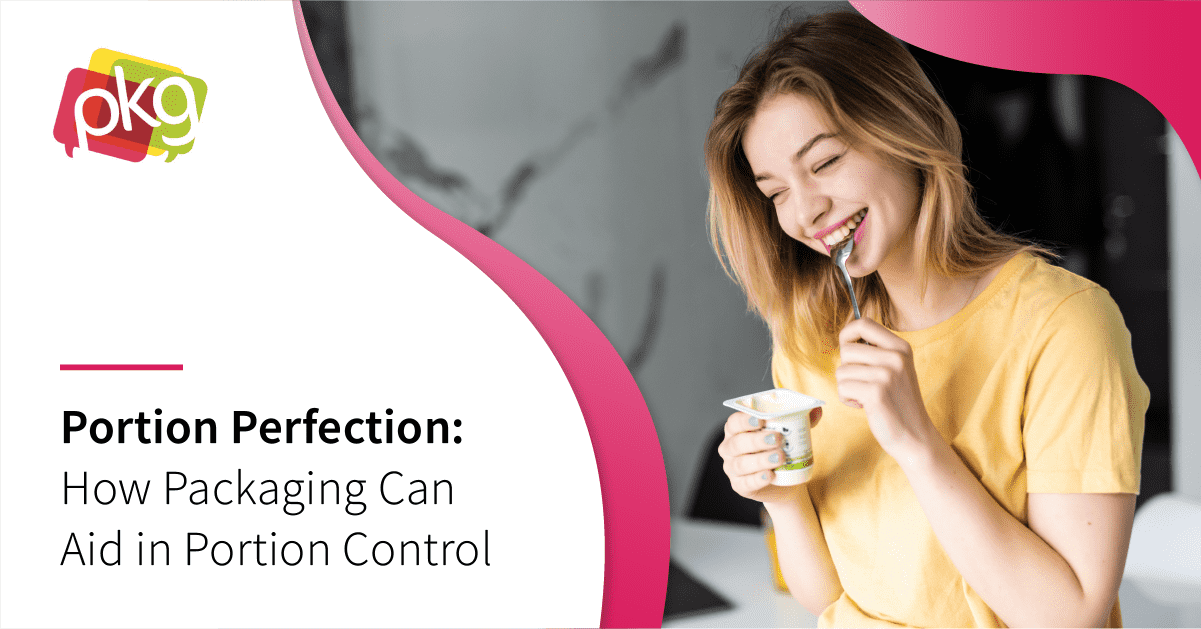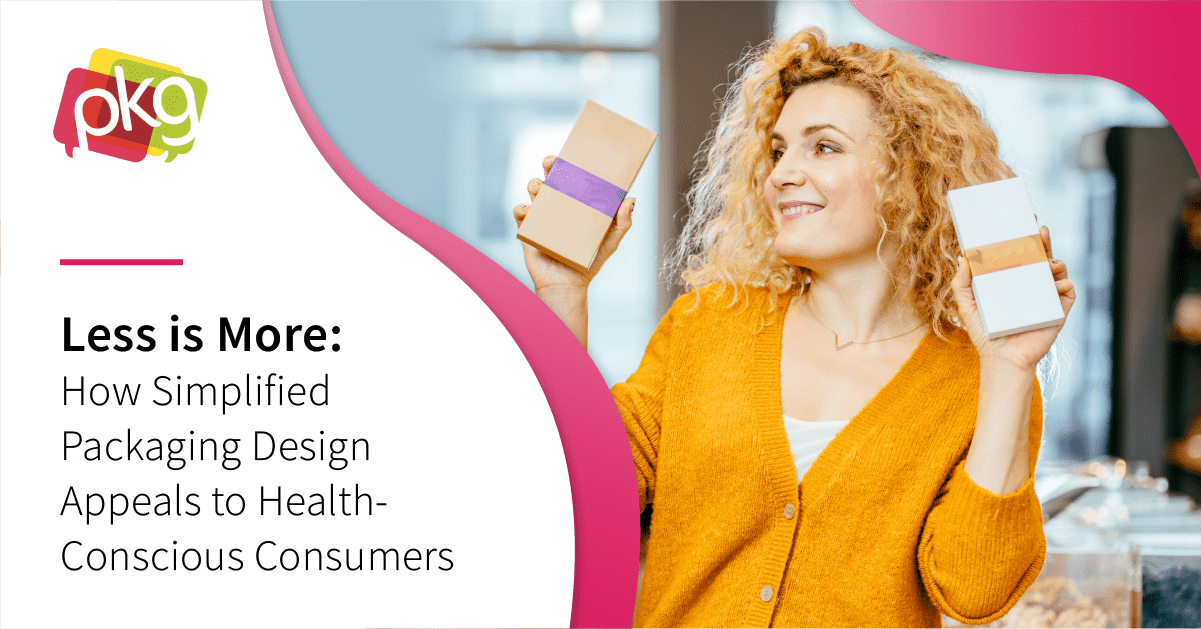Smart labels are an increasingly important consideration for packaging design in numerous industries, including the food industry. Smart labels are product labels that add to the label’s functionality beyond what traditional print can do.
 RFID technology, similar to that used in mobile pay systems, is expected to see significant use in smart label packaging design.
RFID technology, similar to that used in mobile pay systems, is expected to see significant use in smart label packaging design.
Smart labeling may include components like memory, logic, sensors, and displays, and they can be designed to carry out any number of functions. Quick response, or QR, codes were a primitive example of smart labeling, which allowed consumers to scan the code with their phone to learn more about a product than what the packaging design included. Today’s smart labels are considerably more advanced and variable.
How Consumers Use Smart Labels
Sometimes smart labels are just for fun (or just for branding). Anheuser-Busch once created a limited edition beer bottle containing paper batteries and micro-switches that allowed the label to light up when the consumer rested their thumb at a certain spot on the bottle.
Smart packaging design allows consumers to do things like know when a package of food has spoiled, or be confident that their food shipped from across the globe has gone through a secure, unbroken “cold chain” for safety and freshness. A consumer who uses a mail-order pharmacy can scan certain smart labels on medicines to be sure they have received a genuine, and not a counterfeit, product.
More Consumer Engagement, or More Packaging Design Clutter?
Do smart packaging designs engage consumers more, or do they simply add more expense to products and more “clutter” on the packaging? They can certainly do either of those, and the key to ensuring they engage consumers rather than just take up space is knowing the target consumer population thoroughly. The day may come, for example, when a new mother can engage with a baby food brand and can be automatically notified through her smartphone when a jar of baby food is nearing its “sell-by” date.
 Parents want to be confident the foods they serve their children are fresh and safe.
Parents want to be confident the foods they serve their children are fresh and safe.
Then again, gimmicky smart labels are likely to fizzle out quickly and may or may not increase consumer engagement. Smart beer labels that light up for the holidays may be a fun novelty, but they do not make a lasting impact on people’s lives. If brands want to see a strong ROI on smart packaging designs, they need to consider what consumers want and need to know that it requires technology beyond what is normally used to print packaging labels.
Forecasts and Trends in Smart Labels
By the year 2020, the smart label market is projected to be worth nearly $10 billion. Not all of this represents consumer-facing technology because smart labeling can be outstanding for tracking products through the distribution chain, and even preventing theft. Near-field communication (NFC) is expected to be the fastest growing smart packaging segment, with a projected compounded annual growth rate (CAGR) of over 12 percent through the year 2024.
Since more than 570 million NFC-enabled phones are currently being used, this technology is expected to replace some older technologies like QR codes. With NFC-enabled packaging designs, smartphones can simply tap the product to access digital content like recipes, surveys, and coupons. A study by Kraft foods found that NFC technology engaged consumers 12 times better than QR codes do.
While it may seem like “everything” you use is connected these days, the fact is that the vast majority of the world’s products are not yet connected. Therefore, the opportunities are virtually endless compared to where the world is now. Brands that learn to strategically use embedded intelligence and smart labels in their package designs are expected to engage consumers better and lower costs for themselves, all while improving product safety. That represents a win for all parties.
PKG Brand Design is always on the forefront of new CPG branding and packaging initiatives - to read more, please subscribe to our blog to always be current on the latest package design industry news.
 |
 |



-min-2.png)



